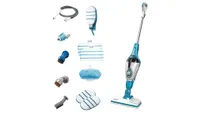8 items to never clean with bleach – according to cleaning professionals
Often, bleach is too harsh a cleaning solution – these are the times you should reach for something else

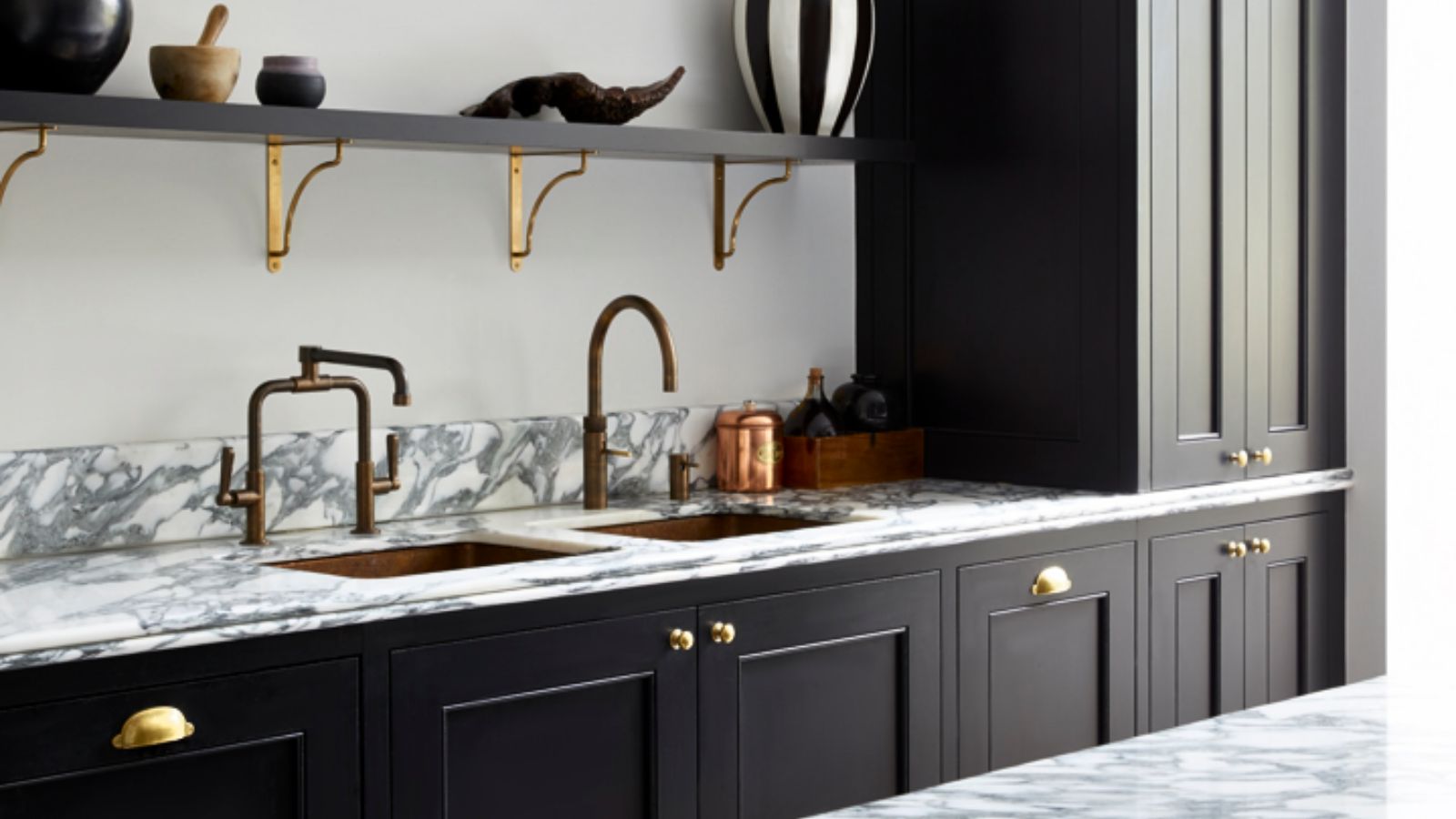
Bleach is a great, powerful chemical cleaner that has some pretty handy uses when used correctly. That being said, there are plenty of times you should never use bleach under any circumstances.
Whether you are doing laundry and want to protect your garments, or are dealing with tough stains and bacteria when cleaning a bathroom, bleach is not a one-size-fits-all solution.
These are the eight times you should never use bleach, why, and what you should be using instead.
8 times you should never use bleach
Using bleach on these eight items will not only damage them in the long run, but could be hazardous to your health, experts warn. Here’s why:
1. Wooden surfaces

Bleach should be kept well away from any natural wooden surface – whether you are cleaning hardwood floors or disinfecting a coffee table, warns Lina DaSilva, cleaning expert and owner of Toronto Shine Cleaning:
‘Bleach can damage the finish of wooden surfaces, causing discoloration and a breakdown in the wood's natural structure. It can also be too harsh for these naturally porous surfaces, leading to unwanted wear over time.
'Alternatively, I would suggest a mild detergent mixed with warm water, or specialized wood cleaners works wonders,’ she says. ‘It cleans without damage, maintaining the wood’s integrity and natural luster.’
Design expertise in your inbox – from inspiring decorating ideas and beautiful celebrity homes to practical gardening advice and shopping round-ups.
2. Rubber seals

When cleaning a kitchen sink drain, or unclogging a bathtub drain, it can be tempting to reach for bleach – likely the most potent chemical in your cleaning cabinet.
However, just as you should never use vinegar to unblock a drain, bleach can damage the rubber seals holding your piping together, warns Hanna Rizza Ibo, cleaning expert at FreshSpace Cleaning. A specialized drain cleaner is far more effective.
‘The corrosive nature of bleach can make rubber seals lose their flexibility and start to crumble, leaving you with leaks and a lot of hassle,’ she says. ‘Instead, opt for a gentler approach with warm, soapy water.
‘Dip your cloth or sponge into the soapy water and gently wipe the rubber seals, paying attention to any areas with stains or grime. For stubborn spots, a soft-bristle brush can be used cautiously.
'Rinse the seals thoroughly with clean, warm water to remove any soap residue, and pat them dry with a lint-free cloth. While optional, applying a rubber conditioner or protectant can help maintain the flexibility and longevity of the seals.’
3. Colored clothing and fabrics
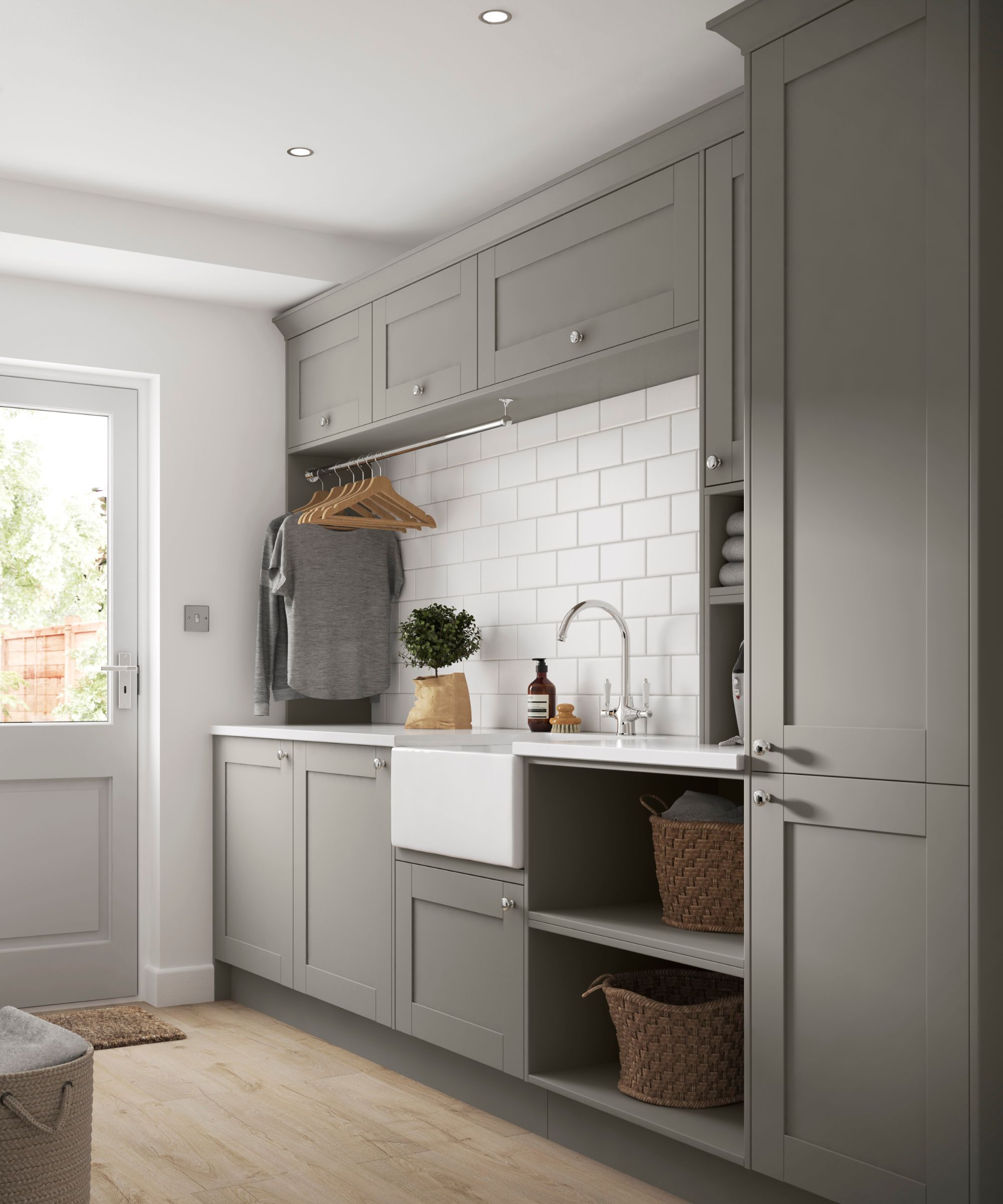
It should go without saying that using bleach in laundry should only be reserved for white clothes that you want to lighten (but even then there are better ways to get dingy whites white again without strong chemicals). Lina DaSilva, a cleaning expert, reminds us that, under no circumstances, bleach should be used in a laundry load with dark fabrics.
‘While bleach is a champion in whitening, it can spell disaster for colored fabrics. It can lead to fading, uneven color loss, or an unwanted change in hue.
‘Opt for color-safe bleach or gentle detergents that are designed to clean while preserving the vibrancy of colors. Always check the garment's care label for specific cleaning instructions.’
4. Plastic furniture

Plastic outdoor furniture can sometimes be discolored when subjected to the elements, and bleach can seem like a good option to restore its color.
Hanna Rizza Ibo, cleaning expert, suggests otherwise:
‘Bleach has the power to weaken your plastic pieces over time. Plus, it's got a knack for changing their color. Instead of reaching for the bleach bottle, grab a pail of soapy water and a soft cloth. This is perfect for wiping away dirt, grime, and even those sticky spots that somehow appear on plastic surfaces. Don’t forget to dry completely with towels or a soft cloth to prevent water spots.’
5. Leather

Although we are hard-pressed to think of a time when you would want to use bleach to clean a leather couch or freshen up a jacket, it is nonetheless important to note that a commercial leather cleaner is better for the task.
‘Bleach can strip away the natural oils in leather, making it dry and brittle,’ explains Hashi Mohamed, cleaning expert and president at Ivy Cleans. ‘This can lead to cracks and discoloration. Use leather-specific cleaners and conditioners to maintain its quality.’
6. Mirrors
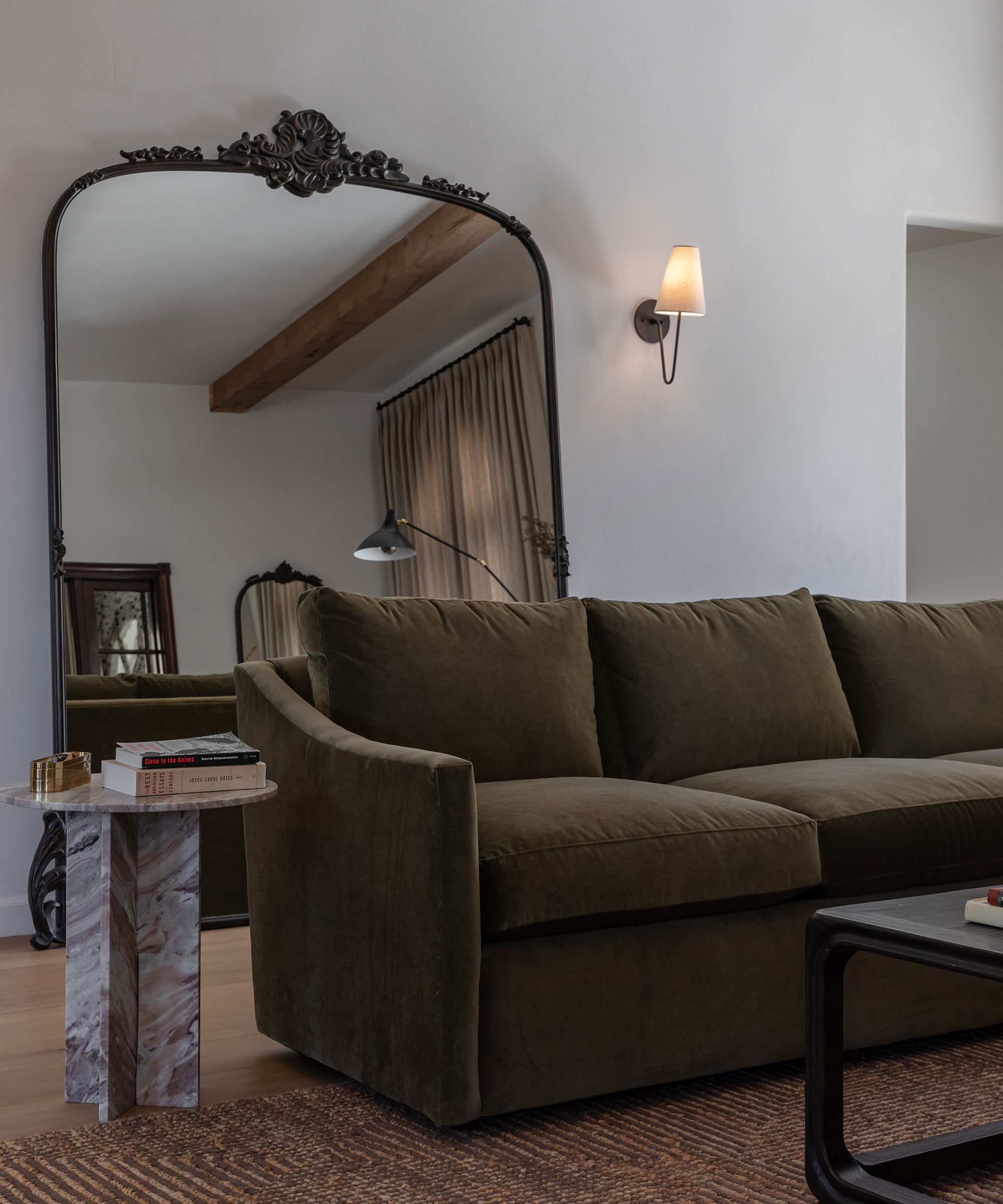
Cleaning a mirror without streaks is far easier when you don't use bleach, says Hanna Rizza Ibo, a cleaning expert.
‘Bleach can leave streaks and worse, damage the backing. You can either purchase a commercial glass cleaner or make your own by mixing equal parts of water and white vinegar in a spray bottle. You may also use a small amount of dish soap mixed with water. If using a commercial glass cleaner, spray it evenly over the mirror's surface.
‘For homemade solutions, lightly mist the mirror or dampen a cloth with your mixture. Starting from the top and working your way down, use a clean, lint-free cloth or paper towel to wipe the mirror's surface in a zigzag or circular motion. Apply gentle pressure to remove smudges, fingerprints, and any remaining dust or dirt. For extra shine and to prevent fogging, you can use a glass or mirror-specific polish.’
7. Stainless steel surfaces
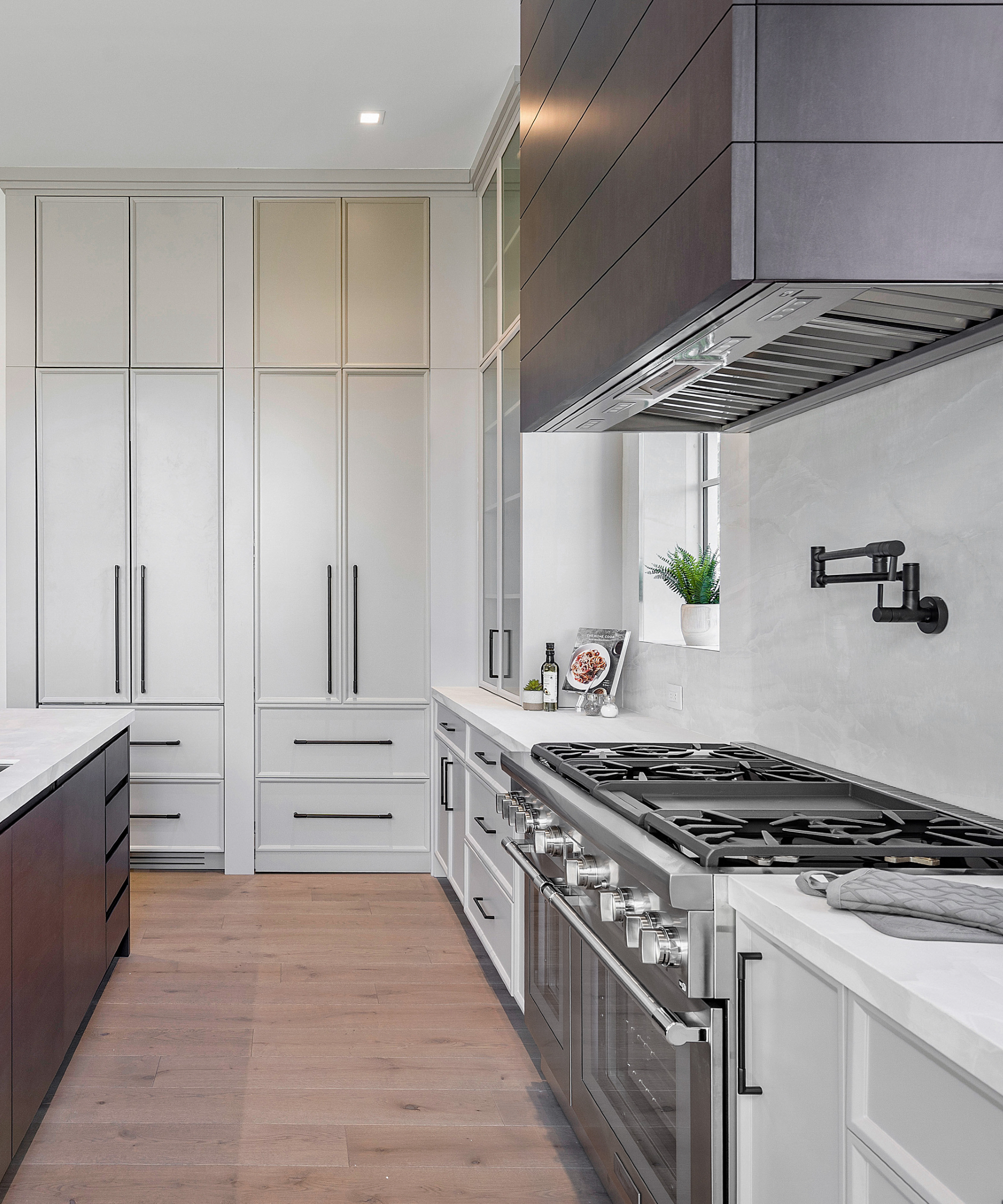
When you clean stainless steel appliances, bleach can damage the shiny surface and lead to dulling and discoloration, says Lina DaSilva.
‘The far simpler and more effective solution is to use mild dish soap mixed with water, she shares. Specialized stainless-steel cleaners are also a good option if you find yourself completing this task regularly, and will not only clean but also help in maintaining the appliance's shine and durability,’ Lina explains.
8. Grout
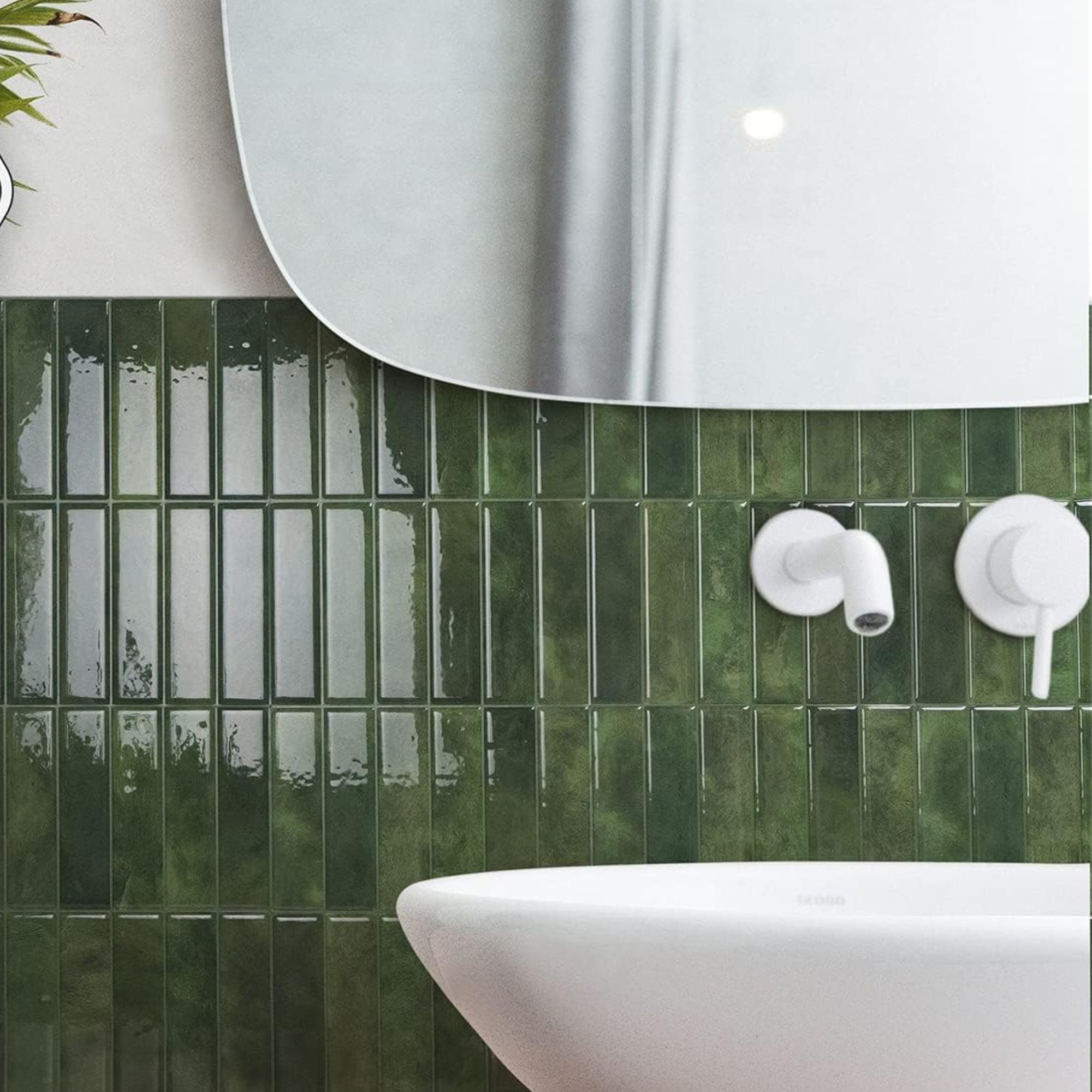
Cleaning grout is no one's favorite activity, and it can take ages without the right products.
Bleach is often touted as a good solution to make grout white again and kill mold, but there are far better and safer alternatives that won't damage your grout, says Petya Holevich, house cleaning expert and supervisor at Fantastic Services:
‘Bleach will only kill the mold on the surface, so instead, use white vinegar which can kill 85 percent of it, targeting it at the roots.
‘Pour the liquid into a bottle and spray the surface thoroughly, letting it sit for at least 1 hour afterward. Finish by rinsing the area with warm water and wiping it with a damp cloth, but avoid soaking the affected spot with water. Keep in mind that in such situations, sometimes you may need to scrub as well. If this is the case, a paste made of baking soda and water can be of great help.’
If you don't fancy scrubbing, you can always try the best way to clean shower grout and invest in a good steam cleaner. This can help to penetrate build-up and bacteria and wash it away without the need for elbow grease.
Black+Decker 7-in-1 Steam-Mop | $199.99 at Amazon
Rated H&G's favorite steam cleaner, I love this for cleaning everything in my home, from tiles and grout to soft furnishings and carpets. There is nothing it can't do.
FAQs
Is bleach still toxic if dry?
Bleach left behind on surfaces after cleaning, even when dried, can still be toxic. Because of this, it is a good idea to find alternatives to bleach when cleaning your home or ensure that the area is thoroughly rinsed and buffed dry after using bleach to remove any residue.
Is mopping with bleach safe?
It is generally not considered a good idea to mop with bleach for a few reasons. Firstly, it can damage many floors, especially wood, laminate, and tile, affecting both its look and durability. It can also leave behind a toxic residue if not washed away properly and buffed dry – particularly dangerous if you have animals or small children. It is better to find a good floor cleaner alternative that is free from bleach instead.
It is not just certain items you shouldn't use bleach on, but certain times too. You should never mix bleach and vinegar when cleaning, for instance, so if using your eco-friendly alternative hasn't worked the way you hoped, wait a few hours before turning to bleach.

Chiana has been at Homes & Gardens for two years and is our resident 'queen' of non-toxic living. She spends most of her time producing content for the Solved section of the website, helping readers get the most out of their homes through clever decluttering, cleaning, and tidying tips. She was named one of Fixr's top home improvement journalists in 2024.
